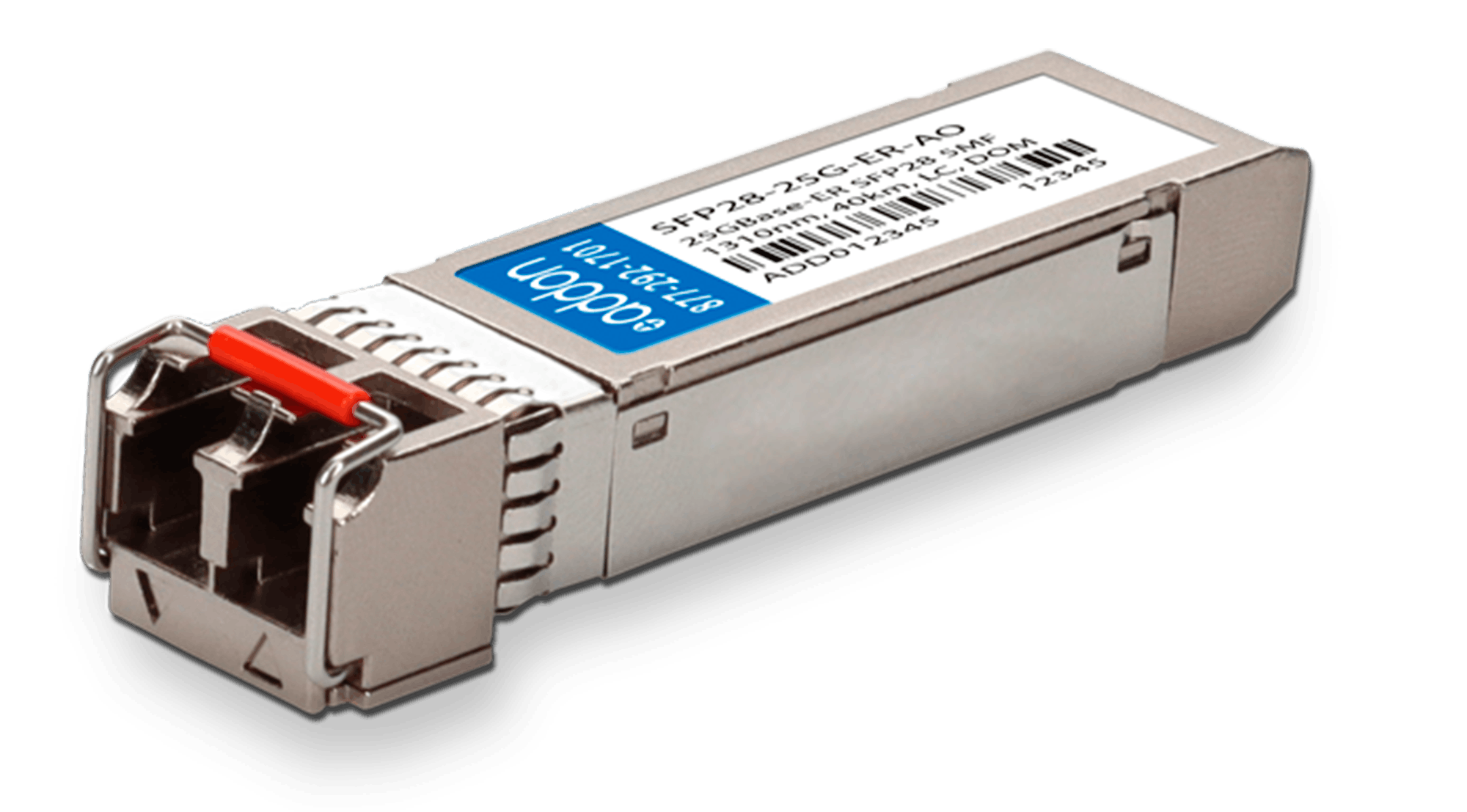A study by the consulting and research company Analysys Mason showed that in 2020 $10.1 billion was spent on 5G. GSMA Intelligence forecasts that 75% of all the Capex with telco’s will go towards 5G from 2020 until 2025.
5G will provide speeds up to 10 gigabits per second, 600 times quicker than typical 4G speeds, and over times 10 times quicker than many domestic fiber offerings, this is why service providers are planning to invest in 5G.
Fiber optics have typically superseded copper for nearly all the links in a 5G network. In reality 5G networks are fiber optic networks with a short wireless connection at the end.
The many large mobile towers we see today provide extensive connections for 3G and 4G mobile networks. To reach the uppermost 5G speeds will entail many more radio antennas a lot nearer to the consumer, with many even located in street light lamp posts. This will mean millions of new mobile mast sites, with most of them connected by fiber:
- Power usage will be a key measure.
- Transmission distances will differ from a couple of meters, up to a dozen kilometers.
- Data speeds to separate sites will range from 25G up to 200G.
- Latency will be a vital element of optical links on mobile networks.
- Aggregating mobile signals will demand greater optical component density and higher data rates.
- CWDM, DWDM and PON optics will be deployed in numerous networks.
- Unique filters will be used for bandwidth, fiber exhaust, and “network slicing”.
- 5G infrastructure will typically use SFP+, SFP28 and QSFP28 optical devices.

Optics will start to become a greater share of 5G Capex. Whilst mobile technology progresses mobile radio components are being disaggregated for economic and performance efficiency. This is generating the demand for innovative links between aggregation points in the network and the mobile mast. A number of designs have arisen to sustain this disaggregation:
- Front-haul – transmit from the antenna to the distributed unit.
- Mid-haul – transmit from the distributed unit to the central unit.
- Back-haul – transmit from the central unit to the 5G core or Evolved Packet Core.

These architectures each have unique performance needs. AddOn has an extensive stock and specialist knowledge to provide optical transceivers for all of these architectures and can also deliver the performance required for 5G mobile networks.
No matter if you are developing an existing 4G/LTE network or designing a new 5G system, AddOn can support you with an extensive range of alternatives to match your exact needs. For lower speed requirements see our stock of SFP+ and SFP28 transceivers and for higher speeds we provide QSFP+ and QSFP28 transceivers. All of these are extensively tested in house across a very wide range of OEM equipment.
